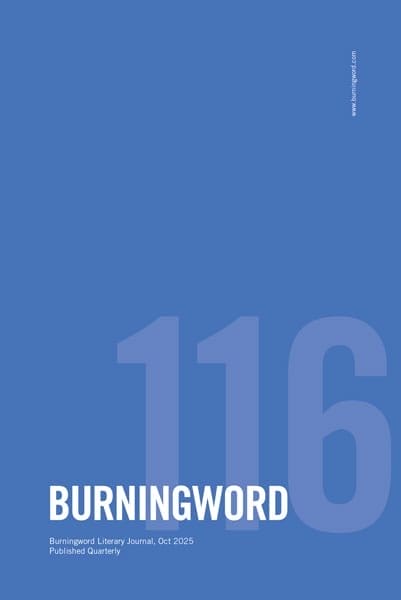Walking through Bombay among blue flags makes you feel home among the tall skyscrapers. They make you feel a sense of deep power which makes you realize why only in Mumbai among all the other cities the blue flags still capture and resonate while the financial databases speculate on trade commodities, derivatives. The blue flag stands for very different things than the red. But the two colors cannot be thought without each other. If red symbolizes life, blue the essence of life.
Though the days of Dalit Panthers is long gone and Dalit movement has seen countless debacles, twists and turns, it is in Mumbai that the politics still holds the imagination of the urban-scape, visually. Among my first two visits to the city, I was largely caught up with work, but it was the blue flags and the impending hope of the them that I couldn’t help but be drawn towards.
When the Beats first came to India, they had noted the divergent preference and style of the Bombay and the Calcutta poets. The first were modernists obsessed with mastering the form while the second were political. One can only wonder what the Beats might have felt or said if they had met the Dalit poets of Bombay and not the English poets. How would Ginsberg have navigated his oriental fascination among the Dalit Panthers? That’s an event which could well be an alternate fiction that Deborah Baker might have wondered too countless times I feel, when looking at the blue flags of Mumbai juxtaposing the orange ones, the color that found its way to the West with so much ease.
Debarun Sarkar sleeps, eats, reads, smokes, drinks, labors and occasionally writes and submits. He spends most of his time juggling between freelancing and writing while halting at Calcutta for the moment. Recent works have appeared in or are forthcoming in Visitant, Off the Coast, Your One Phone Call, Literary Orphans, Tittynope Zine, The Opiate, In Between Hangovers, Wild Plum, among others


